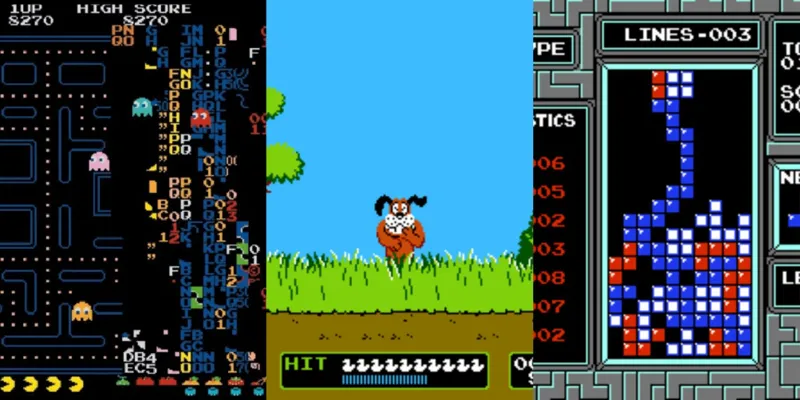Gaming inevitably reaches an end, be it natural, player-driven, or due to skill limitations. However, certain games, theoretically unending, present insurmountable hurdles due to programming flaws, glitches, or memory constraints, gaining notoriety as kill screens in gaming lore.
Updated on February 3, 2024, by Jason Wojnar: Reaching a kill screen is a monumental feat. When a player reaches one in a notoriously difficult game or achieves a world record while doing it, the accomplishment makes headlines. With some recent news stories about skilled players breaking games by reaching too high a level, we thought it appropriate to revisit this list and add a game and some famous examples of players reaching the kill screen. Any players who feel like they should turn their gamer card in for not reaching a kill screen should remember that few gamers possess such skills. Don't play the game to reach the kill screen; play the game to have fun. Of course, sometimes going for the kill screen is a fun process in and of itself.
6 Burger Time

- Release Date: 1982
- Developer: Data East
- Platforms: Arcade, PC, Coleco Vision, Intellivision, NES
Burger Time presents a unique kill screen. Upon reaching the 28th level, the enemies move at an excessive speed. Surpassing this challenge leads to a drastic slowdown, making the game nearly unplayable, akin to a puzzle in Braid where patience is paramount.
5 Pac-Man

The 256th screen in Pac-Man stands as the most famous kill screen. It presents an unbeatable maze due to a programming oversight called integer overflow, rendering the right half incomprehensible and impassable.
4 Duck Hunt

- Release Date: October 18, 1985 (US)
- Developer: Nintendo R&D 1
- Platforms: NES, Arcades
For Duck Hunt, surpassing round 99 leads to a glitched stage where ducks behave unpredictably, often resulting in an unavoidable game over, accompanied by the infamous mocking of the Duck Hunt dog.
3 Donkey Kong

The classic Donkey Kong unintentionally culminates in a kill screen at level 22 due to 8-bit integer overflow, giving players an impossibly short time to complete a stage.
2 Dig Dug

- Release Date: 1982
- Developer: Namco
- Platforms: Arcades, Atari 2600, PC, MSX, NES, Game Boy, Game Boy Advance, Mobile, Xbox 360 (Also found on various Namco compilations)
Upon reaching level 256 in Dig Dug, the game's wrap-around to level 0 causes enemies to spawn on top of the player, resulting in immediate death.
1 Tetris

Tetris features two kill screens, the first at level 29 due to fast falling blocks, and the second after clearing about 1550 lines, causing the game to crash from increased computational load.

